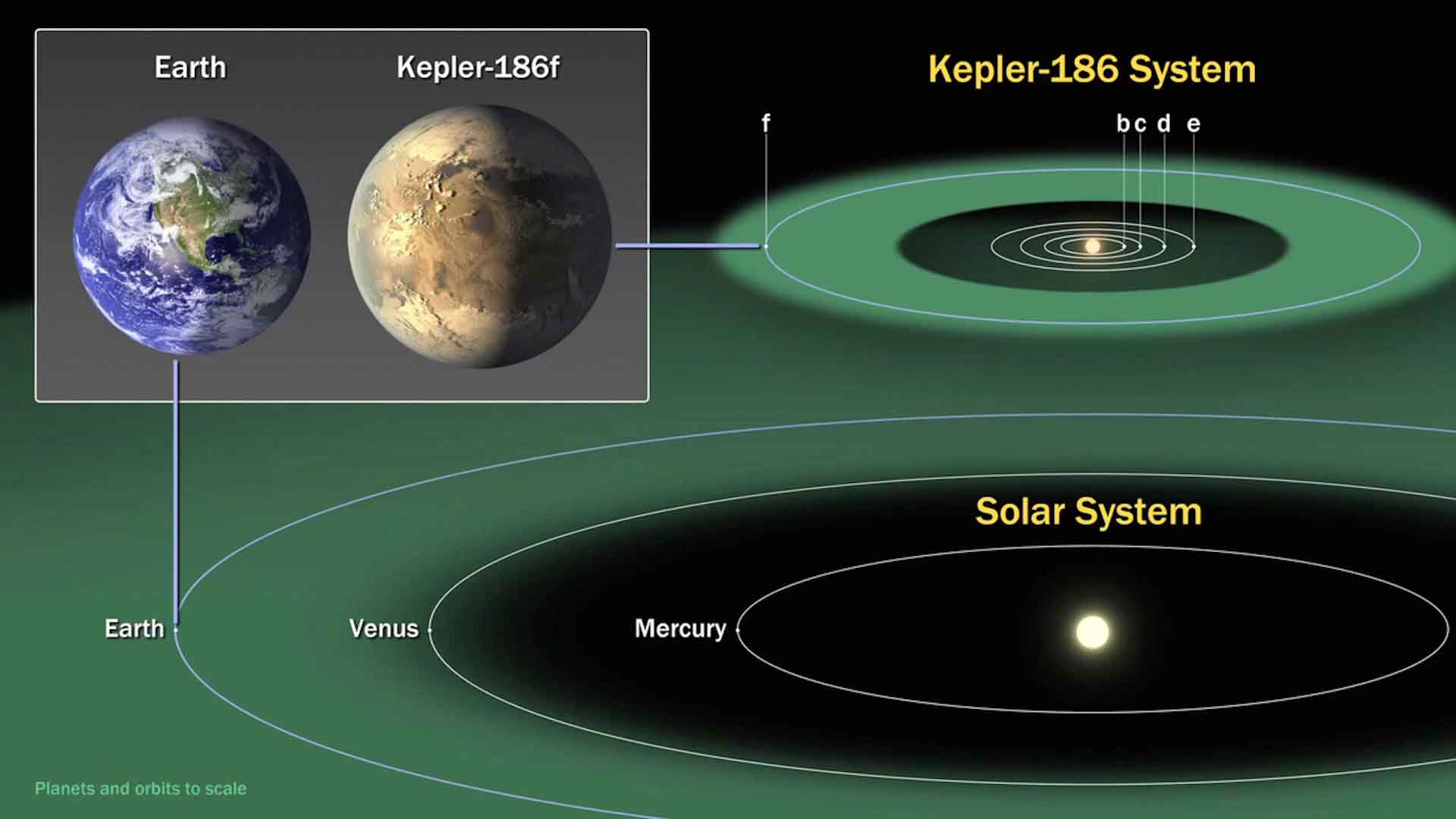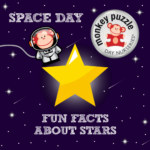The Search for a Second Earth: Exploring Circumstellar Habitable Zones
Imagine a planet bathed in the warm glow of a distant star, its surface adorned with shimmering oceans and verdant continents. This isn’t science fiction; it’s the tantalizing possibility presented by circumstellar habitable zones (CHZs)—regions around stars where conditions might be just right for liquid water to exist on the surface of a planet.
Why is liquid water so crucial? On Earth, wherever we find water, we find life—from the deepest ocean trenches to the most arid deserts. Water acts as a universal solvent, facilitating the complex chemical reactions necessary for life as we know it.
Decoding the CHZ: It’s More Than Just Temperature
While often referred to as the “Goldilocks Zone,” the CHZ is far from a static or simplistic concept. A planet’s habitability hinges on a delicate interplay of factors, each influencing its potential to host life.
The Stellar Influence: Star Type Matters
The size and temperature of a star dictate the size and location of its CHZ.
- Hot, massive stars: These stellar giants boast large, distant CHZs. However, their intense radiation and relatively short lifespans might not provide the stability life needs to evolve.
- Smaller, cooler stars: Red dwarfs, the most common type of star in the Milky Way, have closer-in and more compact CHZs.
Planetary Factors: A Delicate Balancing Act
A planet’s own characteristics are just as important as its distance from its star.
- Atmospheric Pressure: A substantial atmosphere helps trap heat and prevents liquid water from evaporating into space. Think of it as a planetary blanket.
- Greenhouse Gases: A delicate balance of greenhouse gases, like carbon dioxide and methane, is essential. Too little, and a planet becomes an icy wasteland. Too much, and it could transform into a scorching inferno like Venus.
- Planetary Tilt and Rotation: The tilt of a planet’s axis determines the presence and severity of seasons. Rotation rates influence day and night cycles, affecting weather patterns and climate stability.
Beyond the Surface: Expanding the Search for Life
Our understanding of habitability is constantly evolving. While we once focused on the surfaces of Earth-like planets, we now recognize that life might thrive in more unexpected locations.
- Ocean Worlds: Icy moons like Europa (orbiting Jupiter) and Enceladus (orbiting Saturn) harbor vast, hidden oceans beneath their frigid surfaces. These subsurface environments could potentially teem with life, fueled by geothermal energy or chemical reactions independent of sunlight.
- Extremophiles on Earth: Here on our own planet, we find organisms called extremophiles thriving in environments that would be lethal to most life forms. This discovery has broadened our perspective on the potential for life to exist in extreme environments beyond Earth.
Dominating the Circumstellar Habitable Zone: Your SEO Guide
Here’s how to write an SEO-optimized article that stands out:
Recommended Titles:
- Beyond the Goldilocks Zone: The Quest for Life in Unexpected Places
- Circumstellar Habitable Zones: Unveiling the Secrets of Alien Worlds
- Could We Live on a Planet in a Circumstellar Habitable Zone?
Powerful Key Lines:
- The Circumstellar Habitable Zone: It’s not just about temperature; it’s about the delicate balance that makes life possible.
- Forget “Earth 2.0” – the CHZ could harbor worlds stranger than fiction, pushing the limits of our imagination.
- The search for life in the CHZ isn’t just about finding aliens – it’s about understanding our place in the universe.
Unique Insights:
- Focus on the “Circumstellar”: Emphasize how each star’s unique properties influence its CHZ.
- The CHZ is Not a Guarantee: Explore factors that could render a planet within the CHZ uninhabitable, such as volcanic activity or lack of a magnetic field.
- Life Beyond Surface Water: Highlight the potential of subsurface oceans on icy moons.
- Future of CHZ Research: Discuss new technologies revolutionizing our understanding of exoplanets and the search for life.
The Closest Contender: Proxima Centauri b
Just a cosmic stone’s throw away at 4.2 light-years from Earth, Proxima Centauri b orbits within the habitable zone of its star, Proxima Centauri. This discovery has ignited the imaginations of scientists and the public alike. However, the intense radiation from its host star poses significant challenges to its potential habitability.
Unveiling the Mysteries: A Universe of Possibilities
The search for life beyond Earth is a thrilling journey of discovery. While the CHZ provides a framework for our search, the universe is full of surprises. As we develop new technologies and expand our understanding of what makes a planet habitable, we may find that life, in all its astonishing diversity, has found a foothold in the most unexpected corners of the cosmos.
Internal Links:
Discover the fascinating world of prehistoric poop with our in-depth exploration of coprolite fossils. These fossilized feces provide a unique glimpse into the digestive systems and behaviors of ancient creatures. Dive into the intriguing world of Cretoxyrhina, a formidable marine predator that roamed the oceans during the Cretaceous period.
- Unlocking 2-Letter Words with U: The Definitive Guide - April 4, 2025
- Unlock Words with the Letters THREE: Top Unscramble Tools 2025 - April 4, 2025
- Master Scrabble: X & Z Words for High Scores - April 4, 2025
















